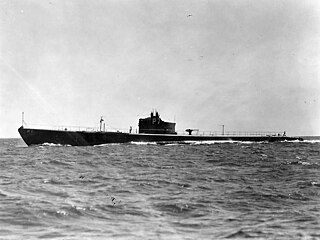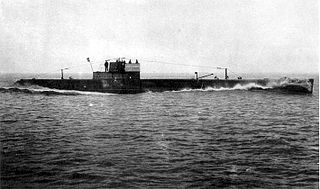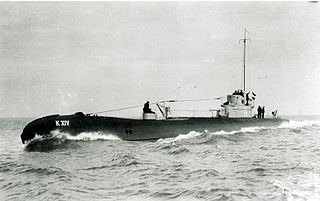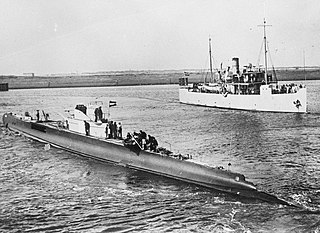
USS Permit (SS-178), a Porpoise-class submarine, was the first ship of the United States Navy to be named for the permit.

USS Bluefish (SS-222), a Gato-class submarine, was the first ship of the United States Navy to be named for the bluefish. Between 9 September 1943 and 29 July 1945 she completed nine war patrols. Her operating area extended from the Netherlands East Indies to the waters south of Honshū. According to the notoriously unreliable JANAC accounting, Bluefish sank 12 Japanese ships totaling 50,839 tons.

USS Hawkbill (SS-366), a Balao-class submarine, was the first ship of the United States Navy to be named for the hawksbill, a large sea turtle.

HNLMS Zwaardvisch (S814) was the lead ship of the Royal Netherlands Navy's Zwaardvisch-class submarine, which was based on the British T class. The submarine was originally ordered as HMS Talent (P322) and built by Vickers Armstrong, Barrow. It served mainly in the Pacific against the Japanese during the war, operating under both British and US operational command in Ceylon and Australia. In 1950, the vessel was renamed HNLMS Zwaardvis. She was sold and broken up for scrap in 1963.

O 19, laid down as K XIX, was an O 19-class submarine of the Royal Netherlands Navy that saw service during World War II. O 19, along with her sister ship O 20, were the first submarines in the world to be equipped with a submarine snorkel that allowed the submarine to run its diesel engines while submerged.

The K XI class was a class of three submarines, built by Fijenoord shipyard in Rotterdam for the Royal Netherlands Navy. Used for patrols in the Dutch colonial waters. The submarines diving depth was 60 metres (200 ft). All ships were still in service at the start of World War II. K XIII was scuttled while under repair at Soerabaja to prevent her being captured by the invading Japanese forces.
HNLMS K XI was the first of three K XI-class submarines of the Royal Netherlands Navy, built to serve as a patrol vessel in the Dutch colonies.

HNLMS K X was one of the three K VIII-class submarines of the Royal Netherlands Navy, built to serve as a patrol vessel in the Dutch colonies.

O 24, laid down K XXIV was an O 21-class submarine of the Royal Netherlands Navy that saw service during World War II. The most famous occupant of O-24 was Piet de Jong, who was the commanding officer from 1944 until 1946 and who later became Minister of Defence in 1963 and served as Prime Minister of the Netherlands from 1967 until 1971.
HNLMS O 7 was a unique patrol submarine of the Royal Netherlands Navy for use in the home waters of Europe. The ship was built by the Maatschappij Fijenoord shipyard in Rotterdam. The submarines diving depth was 40 metres. O 6 was very similar to the O 7 and they are sometimes regarded as one class.

K II was a unique patrol submarine of the Royal Netherlands Navy. The ship was built by Fijenoord shipyard in Rotterdam. The boat had a diving dept of 40 metres (130 ft).
K V was a K V-class patrol submarine of the Royal Netherlands Navy. The ship was built by Fijenoord shipyard in Rotterdam.
K VI was a K V-class patrol submarine of the Royal Netherlands Navy. The ship was built by Fijenoord shipyard in Rotterdam.

K VII was a K V-class patrol submarine of the Royal Netherlands Navy. The ship was built by Fijenoord shipyard in Rotterdam.
O 11 was a O 9-class patrol submarines of the Royal Netherlands Navy. The ship was built by Fijenoord shipyard in Rotterdam.

K XIII was a K XI class patrol submarines of the Royal Netherlands Navy. The ship was built by Fijenoord shipyard in Rotterdam.

K XV was one of five K XIV class submarines built for the Royal Netherlands Navy. She served during World War II.

K XIV was one of five K XIV class submarines built for the Royal Netherlands Navy. She served during World War II.

K XVII was one of five K XIV-class submarines built for the Royal Netherlands Navy. She served during World War II.

K XVIII was one of five K XIV class submarines built for the Royal Netherlands Navy. She served during World War II.













